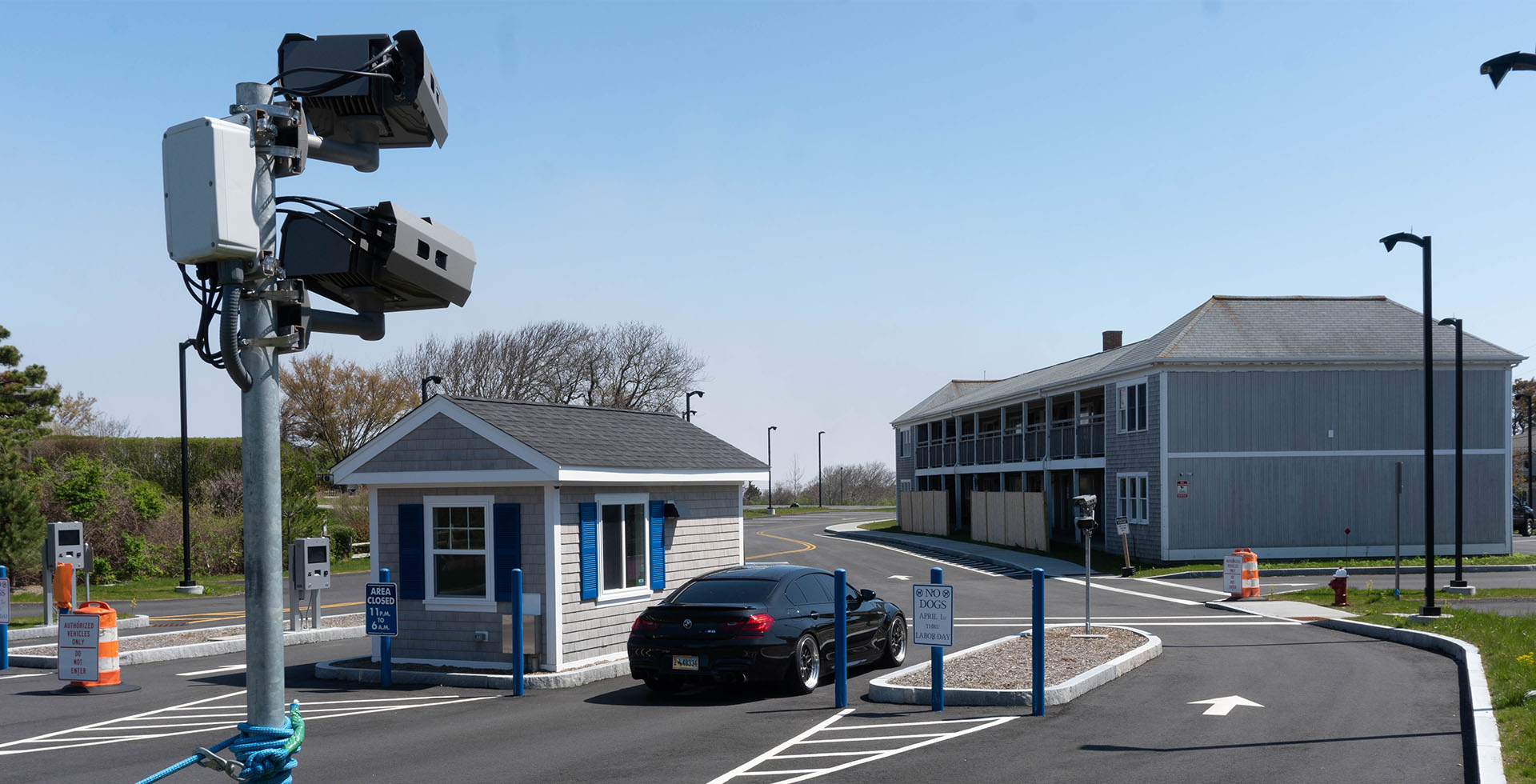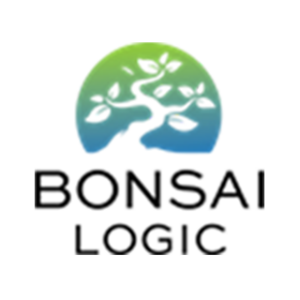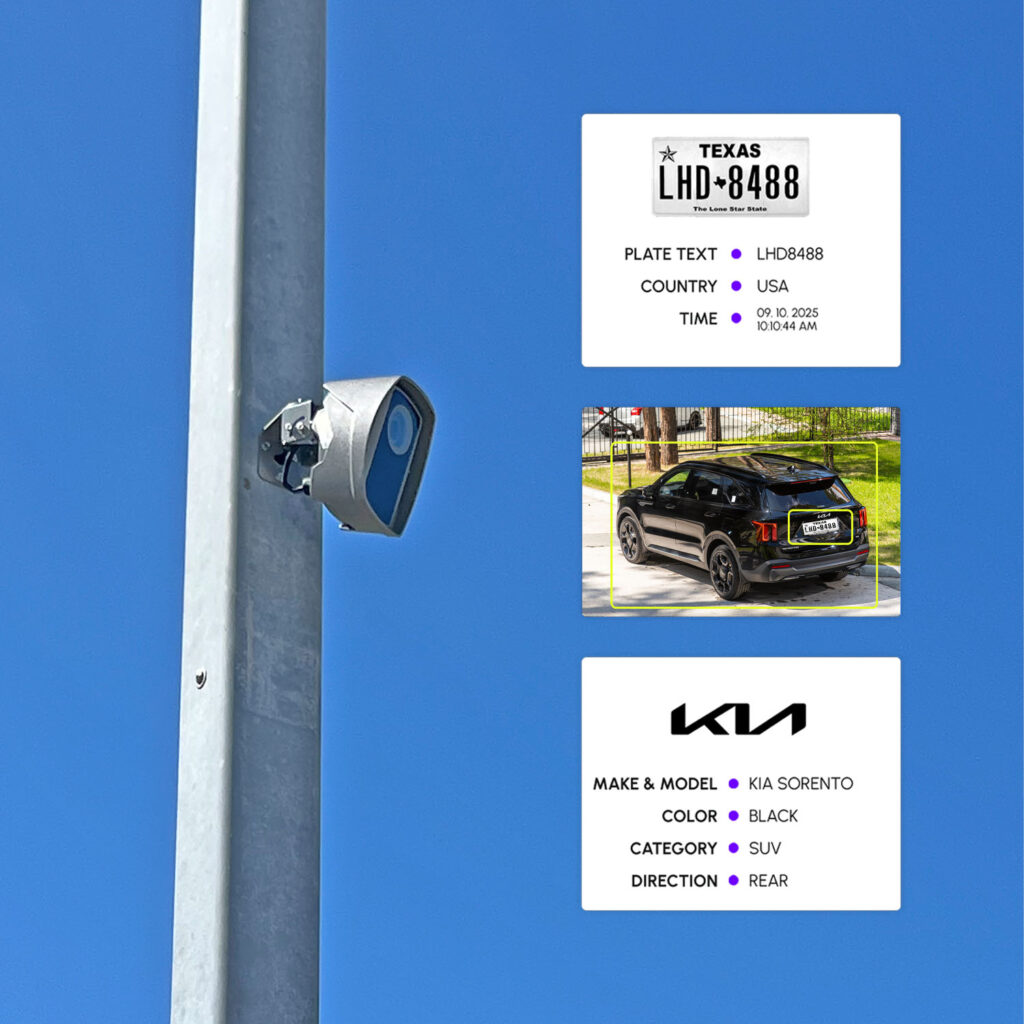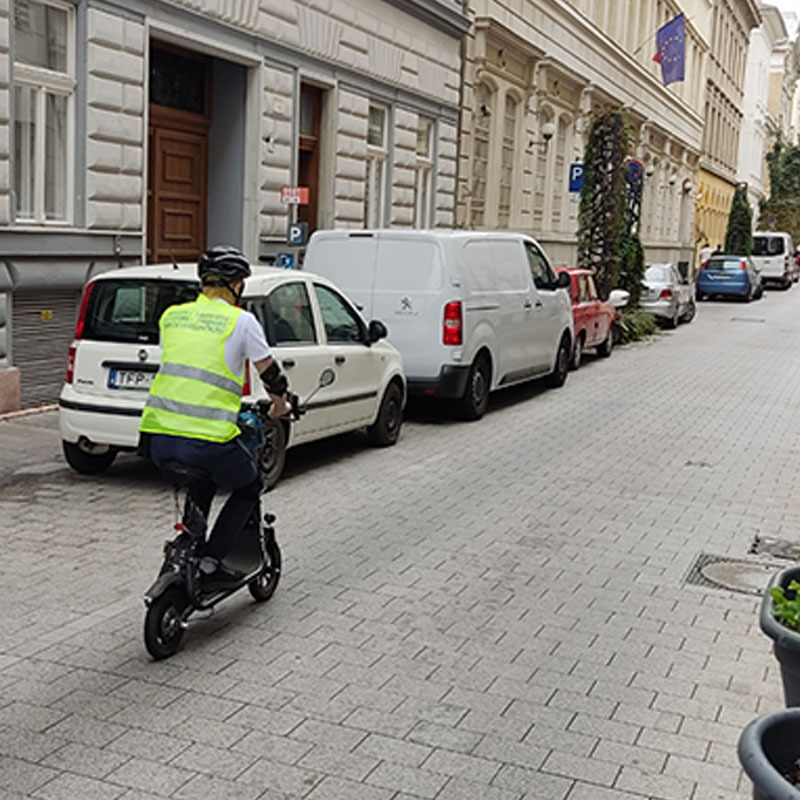The Challenge
Nauset Beach is one of the most iconic beaches along the Eastern United States. Situated on Cape Cod, a peninsula that extends 65 miles into the Atlantic Ocean, Nauset Beach is a desirable location in which people from all over the world come to vacation and relax with family during the summer season.
The beach is managed by the Town of Orleans in conjunction with the Federal Government. As the Atlantic Ocean’s erosion consumed hundreds of parking spaces, the Town of Orleans had difficulties in accommodating the masses of beachgoers at Nauset Beach. The town launched “Beat Back Retreat,” a plan to relent to the encroaching Atlantic and move necessary infrastructure westwards, with an additional and larger parking lot.
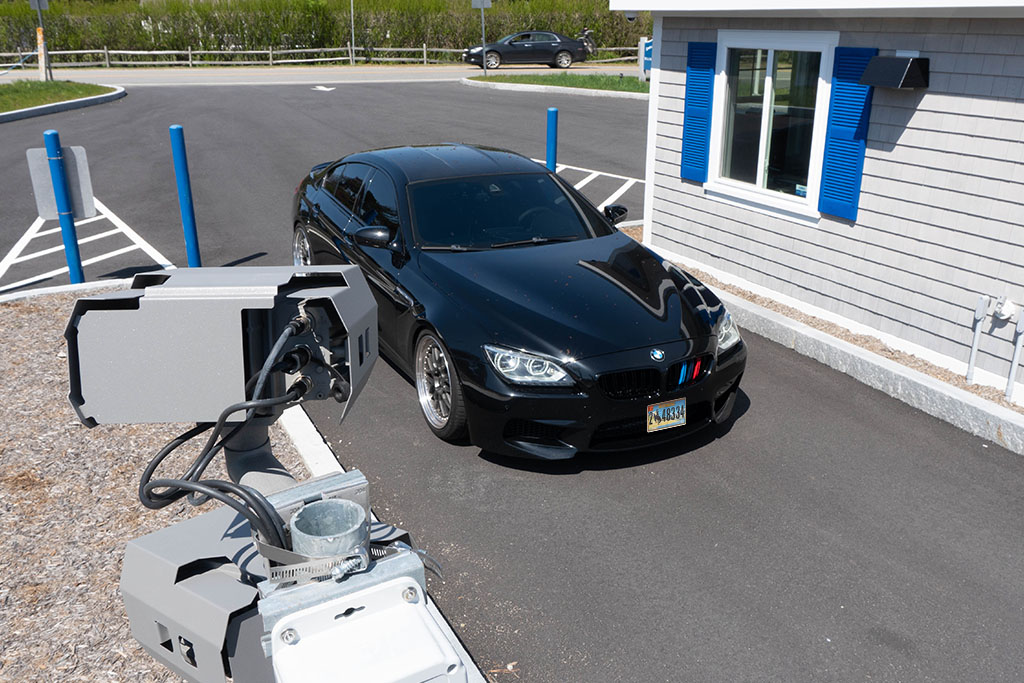
For over 50 years, all beach traffic had traveled down Beach Road to an attendant’s shack. Every car would then transact for daily parking or display their vehicle’s seasonal sticker for visual verification. Unfortunately, on a busy beach morning, there could be hundreds of cars backed up along Beach Road. Often cars would sit in line for an hour. The “Beat Back” was an opportunity not only to reclaim the revenue lost from Mother Nature’s destruction of hundreds of parking spaces but also to streamline entry to the beach parking lot for everyone alike.
The Town of Orleans consulted with Bonsai Logic to start the project. The key priority was to get daily traffic through quickly. The traffic congestion had historically presented not only customer service issues but more importantly safety issues for emergency personnel arriving at and departing the parking lot. Safety response time is a top consideration when providing a safe beach environment for thousands of members of the public.
The Solution
Bonsai Logic recommended ingress traffic increase from one lane of entry to four lanes – two with parking kiosks to facilitate daily payments and two lanes with license plate recognition for existing permit holders. This would allow anyone holding a seasonal permit to go through either of the LPR lanes without even stopping, and those paying for daily parking can easily use one of the two TownHall247 kiosks with cards and NFC payments such as Apple Pay and Google Pay.
Two cameras per lane were installed, one for each front and rear plate. Bonsai Logic’s PlateTracker logistically assembles the cameras, operates with a dynamic database, and provides access control functionality through a desktop application.
Bonsai Logic chose Adaptive Recognition’s Vidar LPR camera because of its ability to deliver the accuracy and speed required in managing this solution. While other hardware offerings were reviewed as well, those either fell short in real-world tests or were missing key functionality and were available for a higher cost. Therefore, different models of Vidar cameras were installed on the site, including mobile vehicle-mounted enforcement units.
Government environments have stringent and rigid expectations for quality and consistency. Adaptive Recognition’s Vidar cameras offer flexibility concerning trigger inputs, lighting and exposure, infrared quality, onboard logic, and much more. The engine quality and general LPR decryption come at a value that allows Bonsai Logic to grow quickly and easily within its clients’ budgets.
The quality of the OCR is excellent with a remarkably low error rate that exceeds the clients’ expectations. With the Vidar cameras triggered by inductance loops, Bonsai Logic’s TownHall247 software can provide a 99.99% capture rate and over a 95.5% successful recognition rate.
Offering the LPR solution versus the traditional sticker-based solution also provides the Town of Orleans with real facility entrance data, so that they can make policy decisions from a more educated standpoint.
The Town of Orleans will no longer struggle with gridlock in the morning or identifying traffic and busy periods, thanks to Bonsai Logic and Adaptive Recognition.
Adaptive Recognition Solutions Used
The highly advanced Vidar Smart LPR camera is designed to read and recognize license plates in various weather and lighting conditions. Thanks to two 4-core built-in CPUs, Vidar has exceptional computing power: it is capable of video streaming, LPR, MMR, and data streaming at the same time.
Vidar performs LPR-related tasks onboard with the Carmen® license plate recognition software engine and forward license plate, and optionally vehicle make, model, and color information to video management systems.

The camera can cover up to two lanes thanks to its high-performing sensors. In addition, it self-adjusts its zoom and focus settings for perfect imaging and flawless ANPR results.
A set of dual optics allows the camera to capture both license plate-focused and overview images of vehicles simultaneously, and it also features a built-in laser trigger, which triggers the camera to capture images just at the right time.
Learn more about our LPR cameras & software
If you are thinking about implementing a solution similar to the automatic number plate recognition system of Nauset Beach, you are at the right place.
Adaptive Recognition’s team of experts is happy to answer your questions and help to find out whether a member of the Carmen® LPR/ANPR software family or an Adaptive Recognition LPR/ANPR camera, can be a suitable choice for your project.
The Vidar LPR/ANPR camera is a high-performing component of any weigh-in-motion system. However, thanks to its versatility and advanced features, it may be applicable in many other use cases as well, from container code recognition to speed enforcement. If you want to learn more about the Vidar camera, visit its dedicated product page.

